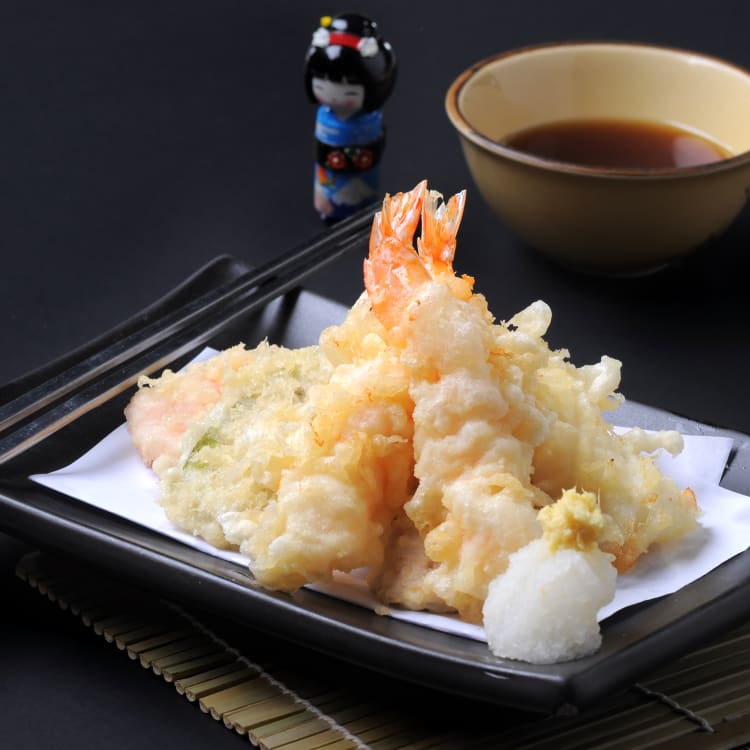
Restaurant Search
Restaurant search websites:
Japanese cuisine is more than just sushi, sashimi or tempura. Introduce your taste buds to the rich and tantalizing delights of authentic traditional Japanese cuisine with the following websites.
Use the
Share your travel photos with us by hashtagging your images with #visitjapanjp

Japanese cuisine is more than just sushi, sashimi or tempura. Introduce your taste buds to the rich and tantalizing delights of authentic traditional Japanese cuisine with the following websites.
Please Choose Your Language
Browse the JNTO site in one of multiple languages